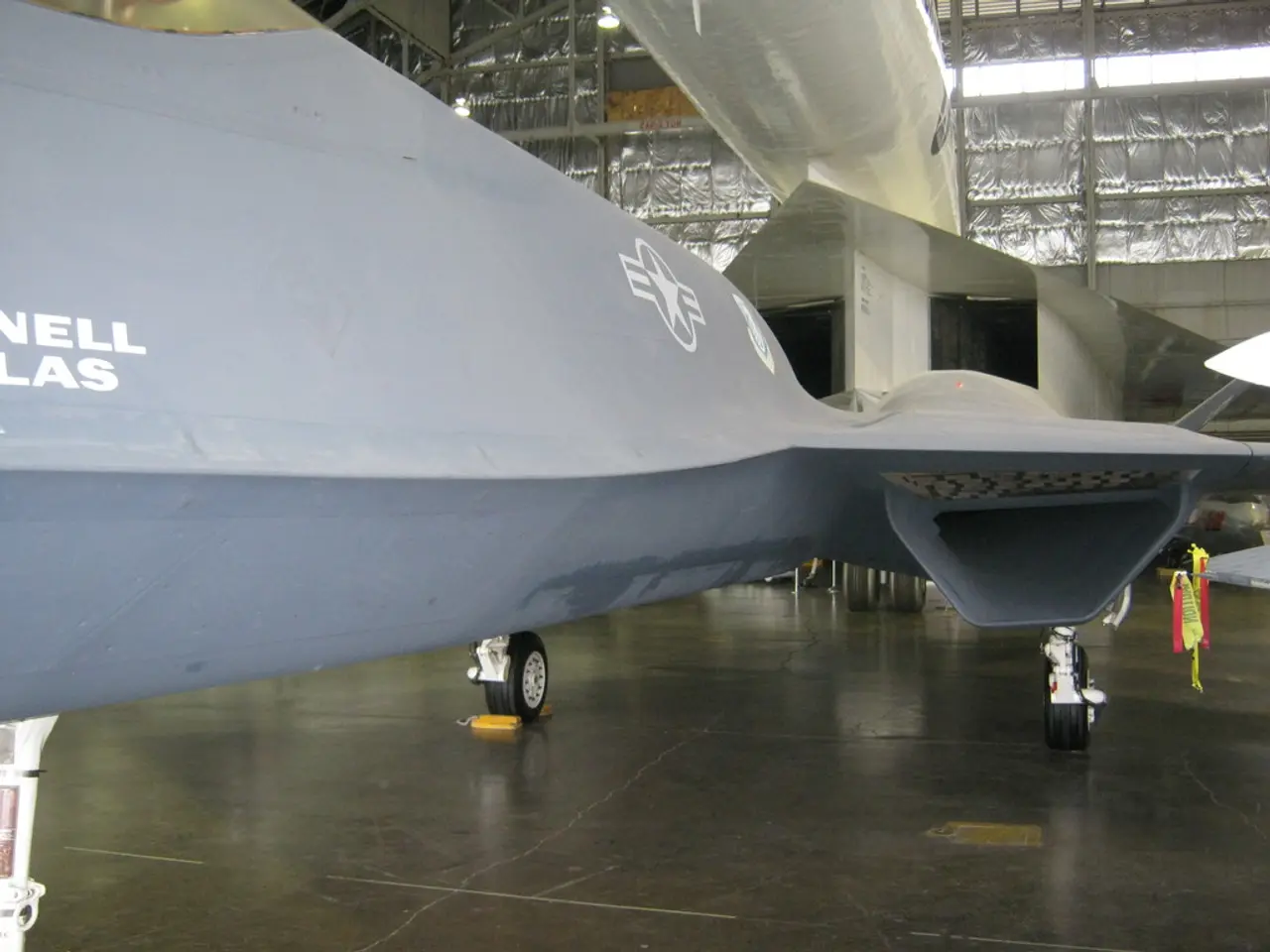Pathway to Airline Transport Pilot License (ATPL)
In the skies above us, commercial airline pilots guide their aircraft with precision and expertise, a testament to the rigorous training they undergo to secure their Airline Transport Pilot License (ATPL). This article provides an overview of the key licenses, ratings, and steps involved in the journey known as the Road to ATPL.
### The Foundation: Private Pilot License (PPL) The Private Pilot License (PPL) serves as the starting point for aspiring pilots. This foundational license requires a minimum of 40 flight hours, during which trainees learn basic flight maneuvers, takeoffs, landings, navigation, and emergency procedures. Although PPL holders can fly solo and with passengers, they are not authorized to do so for pay or commercial purposes.
### Stepping Up: Commercial Pilot License (CPL) The Commercial Pilot License (CPL) represents the next step towards a professional pilot career. To obtain a CPL, a minimum of 250 total flight hours is required. Training focuses on advanced maneuvers, complex aircraft operations, and commercial flight rules. With a CPL, pilots can be paid for flying services, such as charter, cargo, or survey flights.
### Night Operations: Night Rating (NR) The Night Rating (NR) is an endorsement that allows pilots to fly after sunset and in low-light conditions. This qualification is crucial for night operations, which can be challenging due to reduced visibility. Several hours of night flight training are required to learn how to navigate and operate safely in the dark.
### Instrument Flying: Instrument Rating (IR) The Instrument Rating (IR) permits pilots to fly under Instrument Flight Rules (IFR), meaning they can safely navigate in clouds, fog, or other low-visibility conditions. This rating requires specific training on instrument navigation, approaches, and handling disorienting weather, making it essential for commercial and airline operations where weather can be variable.
### Multi-Engine Skills: Multi-Engine Piston Rating (MEPR) The Multi-Engine Piston Rating (MEPR) qualifies pilots to fly aircraft with more than one engine, a necessary skill for most commercial and airline aircraft. Additional training, typically 6 to 10 hours, focuses on multi-engine systems, performance, and engine-out procedures.
### Type-Specific Training: Type Rating (TR) The Type Rating (TR) is a certification for specific aircraft types. If the airplane's maximum takeoff weight exceeds a certain limit or it is turbine-powered, a type rating is required. This involves simulator and flight training on a specific model, such as the Boeing 737 or Airbus A320.
### The Highest Level: Airline Transport Pilot License (ATPL) The Airline Transport Pilot License (ATPL) is the highest level of pilot certification for airline captains. To obtain an ATPL, a minimum of 1,500 total flight hours is required, including commercial and instrument experience. Candidates must already hold a CPL and IR, plus meet cross-country and night flying requirements. The ATPL authorizes the holder to act as pilot-in-command on scheduled airline flights.
In summary, the Road to ATPL is a stepwise accumulation of flight hours, skills, certifications, and ratings, starting with the PPL and culminating in the ATPL. This progression requires both theoretical knowledge and hands-on flight training, typically provided by professional flight schools or university programs offering aviation degrees that align with ATPL eligibility.
Whether you're inspired by the freedom of flight or drawn to the challenge of mastering complex systems, the Road to ATPL offers a thrilling and rewarding journey for those with a passion for aviation.
Engaging in this exciting aviation journey, one must first focus on education and self-development through a college degree or professional flight school, as the Road to ATPL demands both theoretical knowledge and practical skills. With a passion for personal growth and dedicated learning, aspiring pilots can embark on the transformation from a Private Pilot License (PPL) to an Airline Transport Pilot License (ATPL), a rewarding process that fosters skills in areas such as instrument flying, night operations, and advanced aircraft handling.




